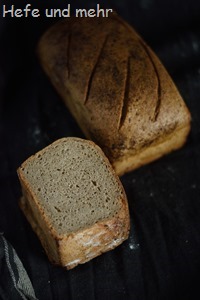 When I asked for suggestions of regional traditional Bread one bread on top of the list of favourites was Gersterbrot. This bread stems from the region around Hanover and Bremen and it is really special as it is flambéd after forming the loaves. This seals the crust and adds dark speckles all over the bread. Both lead to a bread with a hearty flavour and beautiful crisp crust. And it enhances shelf live as well as the thick crust prevents the moisture from evaporating.
When I asked for suggestions of regional traditional Bread one bread on top of the list of favourites was Gersterbrot. This bread stems from the region around Hanover and Bremen and it is really special as it is flambéd after forming the loaves. This seals the crust and adds dark speckles all over the bread. Both lead to a bread with a hearty flavour and beautiful crisp crust. And it enhances shelf live as well as the thick crust prevents the moisture from evaporating.
To flambé the loaf properly I bought a small blazing torch as it develops more heat then a flambé torch. And when I flambéd the bread I took care that the surface below was fire proof! And I had a wet towel near just in case… But everything worked perfectly fine, no kitchen on fire, just a beautiful bread with a fine crumb and the thin crust – just as it has to be!

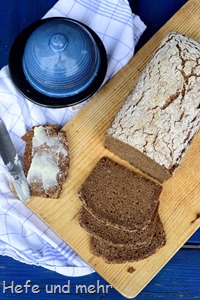 The grandmother of my dearest complained that today you can not get real blackbread anymore. The “modern” one is to moist in her opinion. When I asked how a “real” blackbread should be, she answered: “Just like it once had been”. My argument that I do not know how the bread looked like ninety years back in the past just gained me a critical gaze. But at the end I could get some informations about her childhoods blackbread from her: moist, but not so moist we today, dark and baked with rather fine cracked rye. And my ambitions was aroused to recreate this bread for her.
The grandmother of my dearest complained that today you can not get real blackbread anymore. The “modern” one is to moist in her opinion. When I asked how a “real” blackbread should be, she answered: “Just like it once had been”. My argument that I do not know how the bread looked like ninety years back in the past just gained me a critical gaze. But at the end I could get some informations about her childhoods blackbread from her: moist, but not so moist we today, dark and baked with rather fine cracked rye. And my ambitions was aroused to recreate this bread for her.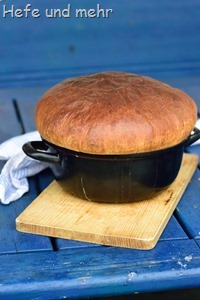 A small part of a comment caught my attention: the word “Pottweck”. I asked for a description and got a very detailed explanation from Jürgen.
A small part of a comment caught my attention: the word “Pottweck”. I asked for a description and got a very detailed explanation from Jürgen. 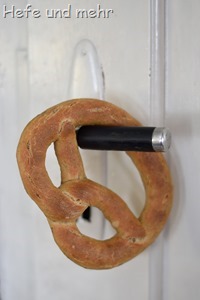 When I was researching another recipe, I stumbled upon the recipe for anise pretzels . These pretzles are made without lye and are typically served during winter in the region Upper Franconia. They contain a lot of anise, as their name promise.
When I was researching another recipe, I stumbled upon the recipe for anise pretzels . These pretzles are made without lye and are typically served during winter in the region Upper Franconia. They contain a lot of anise, as their name promise.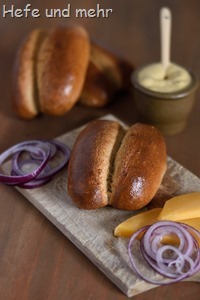
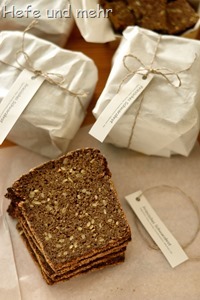 The very first suggestion I got for the post series “regional bread” was East Frisian Black Bread. As I already wrote a recipe for the magazine “
The very first suggestion I got for the post series “regional bread” was East Frisian Black Bread. As I already wrote a recipe for the magazine “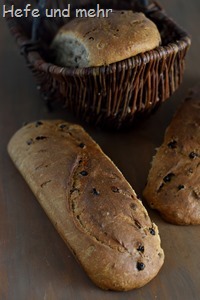 I’m totally thrilled about all the little jewels I meet in range of my “regional bread” series. From
I’m totally thrilled about all the little jewels I meet in range of my “regional bread” series. From 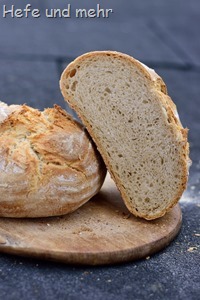 The second bread for my regional bread collection is one I know well: a crusty bread from the rhineland, called “Rheinisches Krustenbrot”.
The second bread for my regional bread collection is one I know well: a crusty bread from the rhineland, called “Rheinisches Krustenbrot”.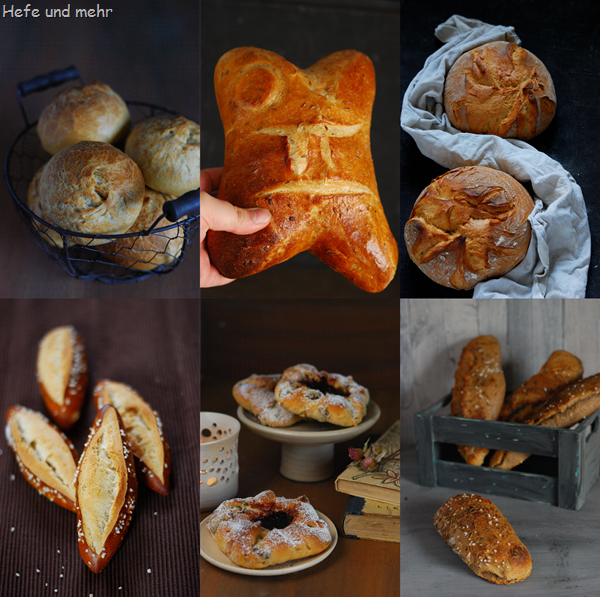
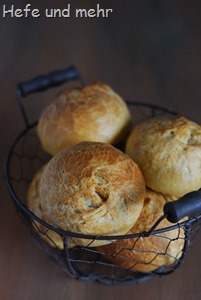 Kieler Semmeln are rolls which stem – as their name suggested – from Kiel. They are a special roll as they are rubbed in a mixture of butter and salt, which gives their surface a rough look and adds a nice buttery and sligthly salty flavour. There are different recipes around for this kind of rolls, some of the containing lard or cinnamon as well. Cinnamon seems to me a bit to adventurous for a first trial, but I keep this variant in the back of my head for a second version.
Kieler Semmeln are rolls which stem – as their name suggested – from Kiel. They are a special roll as they are rubbed in a mixture of butter and salt, which gives their surface a rough look and adds a nice buttery and sligthly salty flavour. There are different recipes around for this kind of rolls, some of the containing lard or cinnamon as well. Cinnamon seems to me a bit to adventurous for a first trial, but I keep this variant in the back of my head for a second version.